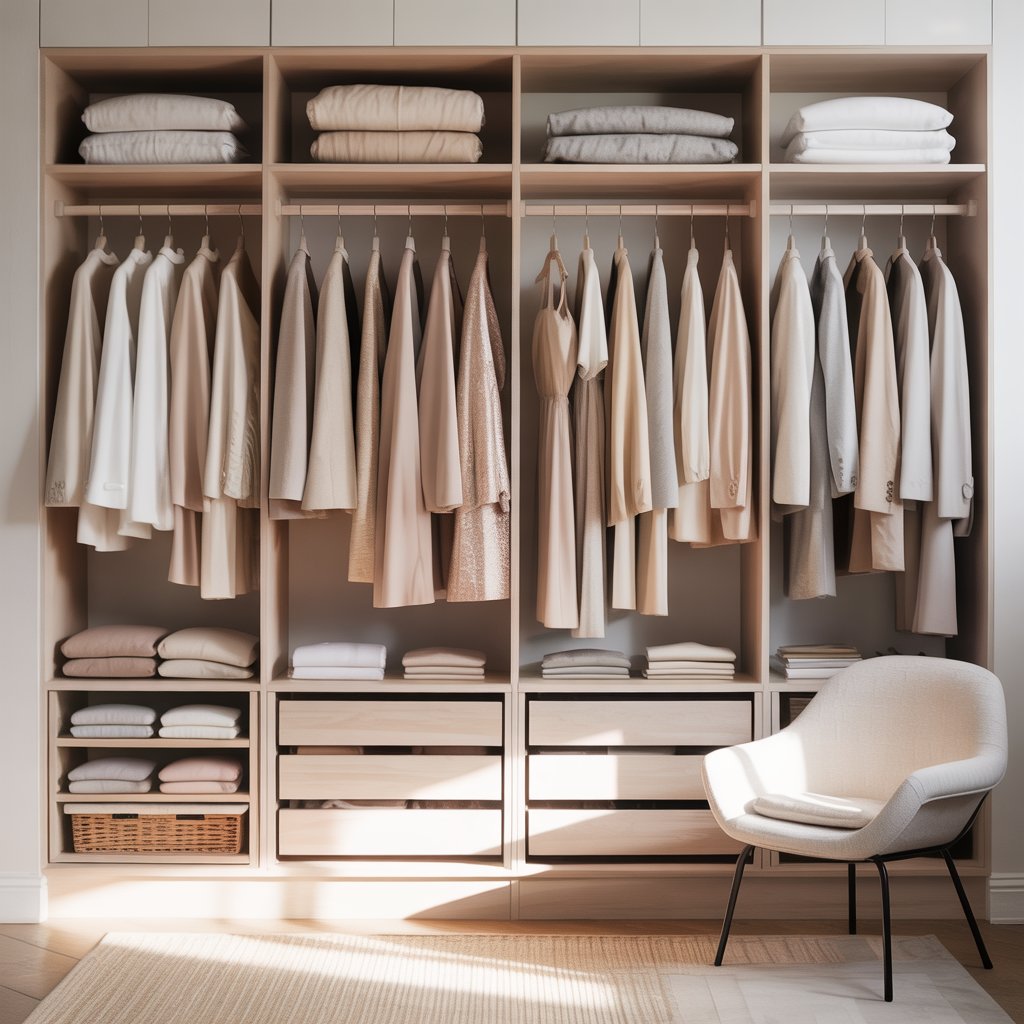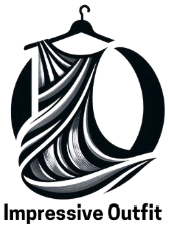A cohesive wardrobe isn’t just about owning stylish pieces—it’s about curating a collection of clothing that works harmoniously together, saves you time, and reflects your unique personality. Whether you’re a minimalist, a trendsetter, or somewhere in between, these 10 essential tips will guide you in creating a versatile, functional, and timeless wardrobe.

1. Assess Your Current Wardrobe
Before adding new pieces, take stock of what you already own. Start by emptying your closet and categorizing items into four groups: keep, donate, repair, or discard. This process, inspired by Marie Kondo’s KonMari method, helps you identify gaps and redundancies.
Look for patterns: Do you own five black sweaters but lack a single neutral blazer? Are there items you haven’t worn in over a year? Use this audit to create a shopping list of essentials you truly need.
Pro Tip:
Snap photos of your favorite outfits to identify your go-to styles and colors. Apps like Stylebook or Cladwell can digitize your closet for easy tracking.
“A well-edited wardrobe is a reflection of self-awareness.” – Anita Patrickson, Celebrity Stylist
2. Define Your Personal Style
Your wardrobe should mirror your lifestyle and aesthetic. Create a Pinterest board or mood board to pinpoint recurring themes—whether it’s “Parisian chic,” “bohemian flair,” or “athleisure.” Notice silhouettes, fabrics, and colors that resonate with you.
If you’re unsure, try the Three-Word Method: Describe your style in three adjectives (e.g., “effortless, structured, earthy”). Use these words as a filter for future purchases.
Pro Tip:
Follow influencers or designers whose style aligns with yours for inspiration. For example, @thestyleograph offers minimalist outfit ideas.
3. Choose a Core Color Palette
A cohesive color scheme ensures everything mixes and matches seamlessly. Opt for:
- Neutrals (60%): Black, white, beige, gray, navy
- Accent Colors (30%): Burgundy, olive, mustard
- Seasonal Pops (10%): Pastels for spring, jewel tones for winter
| Season | Neutral Base | Accent Colors |
|---|---|---|
| Spring/Summer | Cream, White | Sky Blue, Coral |
| Fall/Winter | Charcoal, Navy | Rust, Emerald |
Pro Tip:
Stick to 3–4 neutrals and 2–3 accent shades to avoid overwhelm.
4. Invest in Quality Basics
Basics are the foundation of a versatile wardrobe. Prioritize well-made staples that withstand trends and frequent wear:
- Tops: White tee, striped shirt, cashmere sweater
- Bottoms: Tailored trousers, dark denim, midi skirt
- Outerwear: Trench coat, blazer, leather jacket
Apply the 80/20 Rule: Spend 80% of your budget on timeless pieces and 20% on trend-driven items.
Pro Tip:
Brands like Everlane and COS specialize in minimalist, high-quality basics.
5. Prioritize Versatility
Every new purchase should pair with at least three existing items. For example, a navy blazer can elevate jeans, layer over dresses, or complement tailored shorts.
Ask yourself:
- Does this work for multiple occasions?
- Can it transition across seasons?
- Is it comfortable and functional?
Pro Tip:
Convertible items like reversible belts or wrap dresses maximize versatility.
6. Consider Your Lifestyle
Your wardrobe should align with your daily activities. A corporate lawyer’s needs differ from a freelance artist’s. Allocate pieces based on:
- Work (40%): Blouses, suits, polished shoes
- Casual (30%): Denim, knitwear, sneakers
- Special Events (20%): Cocktail dresses, statement accessories
- Athleisure (10%): Leggings, breathable tops
“Dress for the life you have, not the one you imagine.” – Tim Gunn, Fashion Consultant
7. Edit Seasonally
Rotate items every 3–4 months to keep your closet clutter-free. Store off-season clothes in vacuum-sealed bags or under-bed storage.
Spring/Summer Checklist:
- Lightweight fabrics (linen, cotton)
- Sandals, sun hats
- Bright prints
Fall/Winter Checklist:
- Wool, cashmere
- Boots, scarves
- Dark hues
Pro Tip:
Use cedar blocks or lavender sachets to protect stored clothes from moths.
8. Master the Art of Accessorizing
Accessories transform basic outfits into polished looks. Invest in:
- Neutral Belts/Bags: Tan tote, black crossbody
- Statement Jewelry: Gold hoops, layered necklaces
- Seasonal Scarves/Hats: Silk scarves, wide-brimmed hats
| Occasion | Accessory Choice |
|---|---|
| Office | Delicate pendant, leather tote |
| Weekend | Canvas backpack, hoop earrings |
Pro Tip:
Match metal tones (gold/silver) to create a unified look.
9. Avoid Impulse Buys
Fast fashion tempts with cheap trends, but these pieces often lack longevity. Follow the 24-Hour Rule: Wait a day before purchasing to curb impulse spending.
Ask:
- Does this align with my color palette?
- Will I wear it 30 times? (Inspired by #30WearsChallenge)
Pro Tip:
Shop secondhand via ThredUp or The RealReal for sustainable, affordable options.
10. Tailor for Precision
Even expensive clothes won’t look cohesive if they don’t fit well. Tailoring hems, sleeves, or waistlines ensures a polished silhouette.
Common Alterations:
- Hemming pants ($10–$20)
- Taking in waistlines ($15–$30)
- Shortening straps ($5–$15)
Pro Tip:
Buy for your largest measurement (e.g., shoulders for blazers) and tailor the rest.
Final Thoughts
Building a cohesive wardrobe is a journey, not a destination. By focusing on quality, versatility, and intentionality, you’ll create a closet that simplifies mornings and boosts confidence. Remember: Less is more when each piece serves a purpose.
Ready to start? Revisit Tip #1 and begin your wardrobe audit today!
“Style is a way to say who you are without having to speak.” – Rachel Zoe, Stylist
